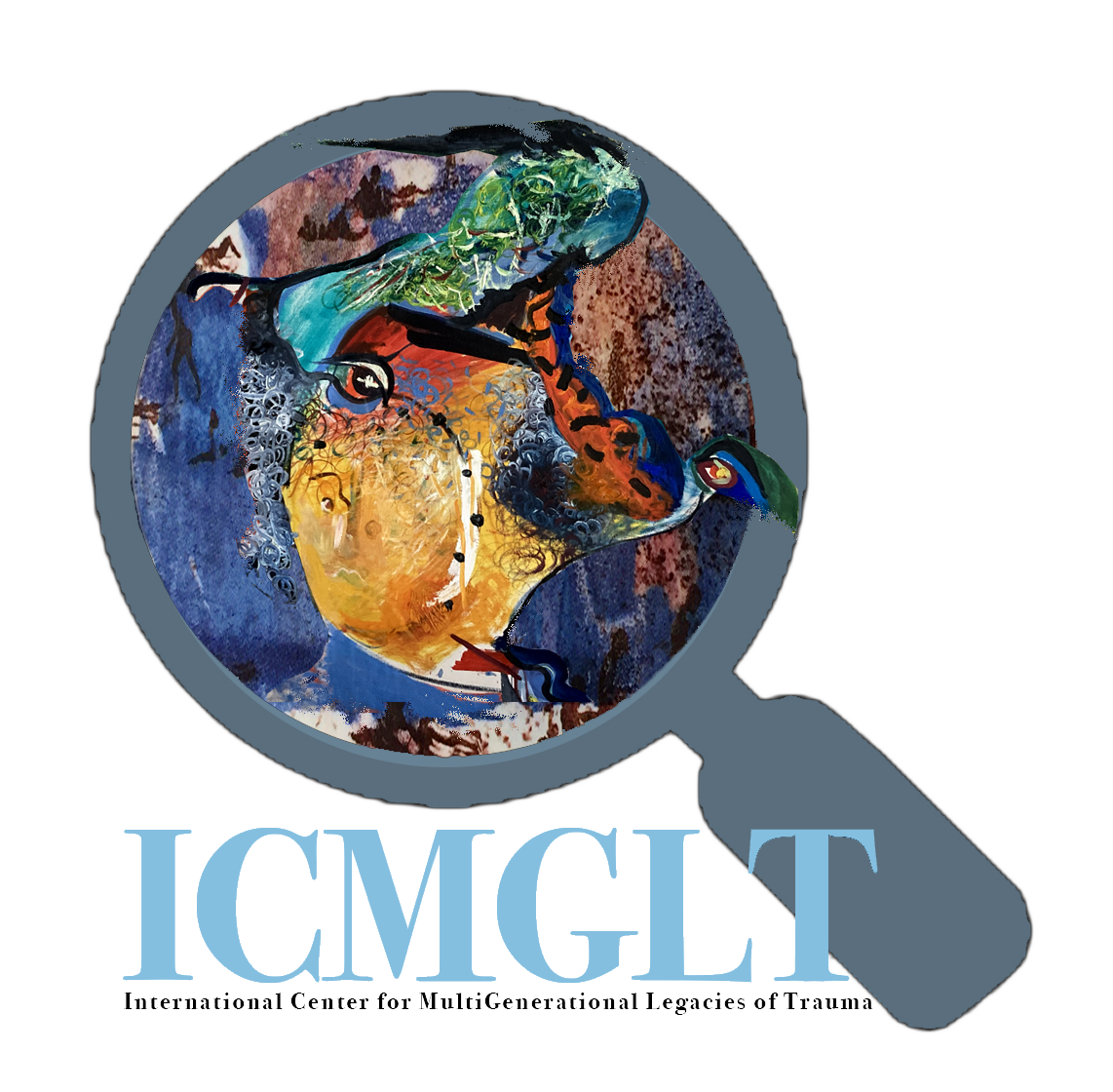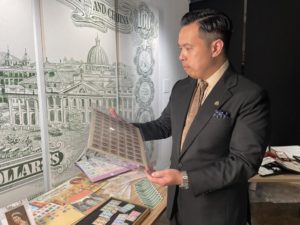Located in Ostia Antica, the mikvah dates to the late fourth or early fifth century C.E. Researchers say it’s the earliest discovery of its kind outside the Middle East
Eli WizevichMarch 14, 2025
:focal(1024x580:1025x581)/https://tf-cmsv2-smithsonianmag-media.s3.amazonaws.com/filer_public/a3/df/a3df1a6c-3d1f-4bcb-8ac8-c32198b700a6/484066308_1090118479812249_7758549476320426825_n.jpg)
Less than 15 miles from Rome, Ostia Antica was once a bustling cosmopolitan seaport at the mouth of the Tiber River, where many Mediterranean cultures mingled.
For all its importance in Roman history, however, some parts of Ostia Antica have been long overlooked by modern archaeology—unlike, say, the ancient city of Pompeii, 130 miles south down the coast of Italy.
So when Luigi Maria Caliò, an archaeologist at the University of Catania, brought his students to work on an excavation in Ostia Antica last summer, his expectations were tempered.
/https://tf-cmsv2-smithsonianmag-media.s3.amazonaws.com/filer_public/f9/f0/f9f063ac-bd62-4af6-b2cc-747c4b94bb57/f14oqj-xgai8y2f-img003798.jpg)
“We thought we’d find some warehouses or a fluvial port,” he tells the New York Times’ Elisabetta Povoledo.
Instead, they unearthed what appears to be the oldest mikvah, or Jewish ritual bath, in Europe, likely dating back to the late fourth or early fifth century C.E.
As Riccardo Di Segni, Rome’s chief rabbi, tells the New York Times, “such an antique mikvah has never been found” outside of the Middle East.
At the mikvah’s public unveiling earlier this week, Alessandro Giuli, the Italian culture minister, explained that the find “reinforces our historical understanding of [Ostia Antica] as a true crossroads of coexistence and exchange of cultures,” per the London Times’ Tom Kington.
Caliò’s team found the roughly 1,600-year-old mikvah in a “large and rich domus”—a Latin word for a private family residence—in a central area of Ostia Antica, Caliò tells the New York Times.
The underground rectangular pool was fed by groundwater and covered in black and white tiles. Linked to a circular well, it was deep enough for an average sized adult man to fully submerge himself, according to a statement from Ostia Antica Archaeological Park.
Some archaeologists, however, caution against calling the bathing site a mikvah “until there’s some more evidence,” L. Michael White, a biblical scholar at the University of Texas at Austin, tells the New York Times. White notes that all sorts of pools existed in ancient Rome, including those used for Christian baptisms.
But for other scholars, the verdict was all but confirmed by the discovery of an oil lamp decorated with images of a menorah and lulav (a palm frond used during the Jewish holiday of Sukkot) at the bottom of the pool. “That was the proof,” says Di Segni, per the London Times.
Ostia Antica, once home to some 100,000 residents, has a rich Jewish history, including one of the earliest known synagogues in Western Europe and a tombstone dating to the first century C.E., one of the oldest known Jewish inscriptions ever found in Italy.
Alfonsina Russo, an archaeologist at Rome’s Colosseum, says in the statement that these discoveries show that Ostia Antica was once a melting pot of cultures.
That melting pot of a city lasted until the fifth century C.E., when the quality of Ostia Antica’s harbor deteriorated with shifting sands and marshy overgrowth. Nearly all its residents abandoned the city.
/https://tf-cmsv2-smithsonianmag-media.s3.amazonaws.com/filer_public/8a/03/8a039d4f-f01e-4302-b140-149d242fb883/483429754_1089218526568911_5458419500273596457_n.jpg)
Their legacy, however, still lives on—and not just in archaeology. “Today the Italian Jewish surname Di Porto is linked to those people who came from the port of Ostia,” Giacomo Moscati, a Jewish resident of Rome, tells the London Times.
The site is not yet open to tourists, and excavations will resume this summer. But Di Segni already anticipates an influx of Jewish visitors who are eager to catch a glimpse of the mikvah.
“At this point, Rome has an exceptional archaeological heritage of Jewish history,” he told reporters, per ANSA. “Starting tomorrow, I will receive many phone calls to visit it.”’




